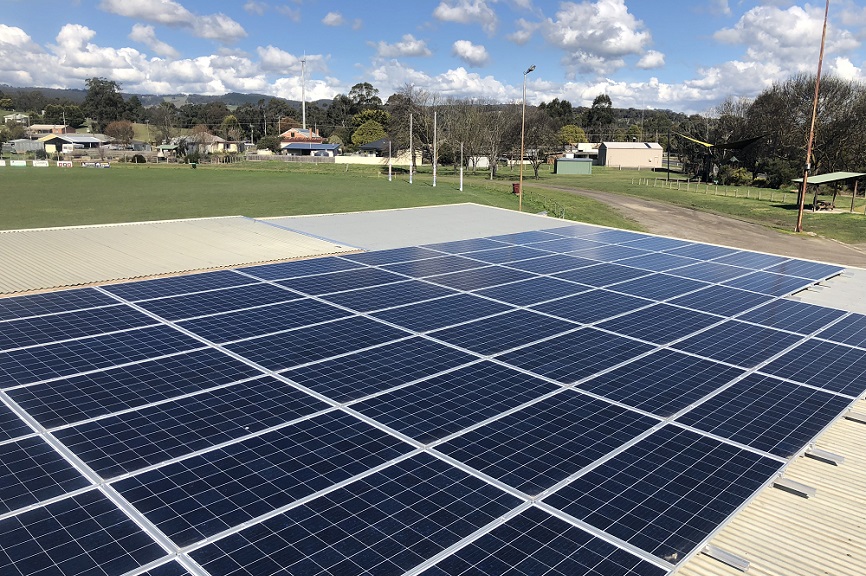The Solar on Public Buildings Program installed solar systems on public buildings managed by Volunteer Committees of Management within the Barwon South West, Grampians, Hume, Loddon Mallee and Port Phillip regions, to help reduce energy bills, increase community energy knowledge, and enhance the long-term sustainability of community groups.
Case studies
The program has helped 324 volunteer groups install over 6,600 solar panels on community buildings across Victoria. This will reduce annual Co2 emissions by 3,200 tonnes and help these organisations save $500,000 on electricity bills every year. Energy efficiency upgrades have also been completed at 26 sites.
In the below videos, Bert Hallam, Chairperson of the Lake Lascelles Public Purpose Reserve Committee of Management, and Andy Fyfe, Committee of Management member and volunteer at Akoonah Park reserve share about the importance of these locations the community and the benefits of installing solar.
Hopetoun
Berwick
Highlights
The program added value to the public land sites by carrying out energy audits on high energy use sites, improving electrical safety on old buildings and using new technology to investigate energy sharing schemes with other sites. The focus for the project was on assisting volunteer managed Committees of Management buildings on Crown land to improve their long term sustainability through the installation of solar PV systems on their buildings to reduce energy costs and reduce greenhouse gas emissions. Some highlights include:
- 324 Solar PV and or battery installations
- completion of 374 energy audits
- 26 energy efficiency upgrades
- annual savings of over $500,000 in electricity bills
- annual emissions reductions of 3200 CO2.
Outcomes
- Program of energy audits to identify potential energy savings and identify unsafe technology
- provision of solar PV (and battery) systems in collaboration with volunteer Committees of Management to boost the sustainability of community groups and improve Crown land assets
- to build renewable energy literacy and social licence and inspire community actions that promote energy efficiency and local and regional sustainability
- reduction of energy costs and greenhouse gas emissions
- delivery of infrastructure projects to demonstrate community leadership in Victoria’s transition to a renewable energy economy
- provide investment and support to communities following the economic impact on
- communities due to the COVID-19 pandemic.

Page last updated: 11/04/24